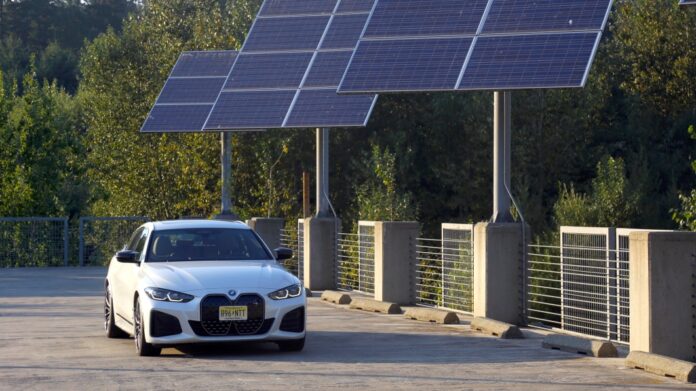Time and time again, consumers express that one of the major obstacles to entering the EV market is the range. Not only that, but the potential for range anxiety is further complicated by the fact that estimated ranges are often not accurate, leading many to find that their electric cars offer less real-world range than advertised.
In an effort to hold car manufacturers accountable, Consumer Reports decided to test which EV’s fall short of range advertised. The highway range of its EV test fleet was tested to determine how far each car could go until it ran out of charge. The team tested EVs from the U.S., Korea, Japan, and Germany, and the results may surprise you.
While CR presents its findings matter-of-factly, we will categorize them into vehicles that exceeded their estimated range by 20 miles or more, those that fell short by 20 miles or more, and those that landed within 19 miles of the EPA figure. With that in mind, let’s explore the results.
The Positive
German car manufacturers, BMW and Mercedes, demonstrated impressive results, and credit should also be given to Ford and Rivian for keeping up with the luxury brands from overseas. Although the R1T is not a mainstream pickup, the Mach-E is more of a traditional option, reinforcing the idea that you can get a quality EV without spending a premium.
- BMW i4 M50
- BMW iX xDrive50
- Ford Mustang Mach-E Premium AWD Extended Range
- Mercedes-Benz EQE 350 4Matic
- Mercedes-Benz EQE SUV 350 4Matic
- Mercedes-Benz EQS 580 4Matic
- Mercedes-Benz EQS SUV 450 4Matic
- Rivian R1T
The Negative
Although it’s a short list, some major names made it to the bottom. Ford’s F-150 Lightning’s performance is a disappointing sight, especially considering that Consumer Reports’ testing did not include any towing or hauling, which would further reduce its range. Lucid and Tesla also found themselves in this category.
The Remarkably Accurate
While not using the term Mona Lisa Vito used, many of the cars tested came remarkably close to their estimated range, with only a few miles of difference. Both the Genesis GV60 Advanced and the Kia EV6 Wind exceeded their estimates by just three miles, while others like the Ioniq 6 SEL AWD fell short by only a few miles. All of these vehicles fell within 20 miles of their estimated range, demonstrating a commendable real-world performance. Audi and Volkswagen may have wished for a spot in the “Positive” category, but their performance in this category is noteworthy.
For full figures and results on which EV’s fall short of range, readers are encouraged to refer to CR’s results.
